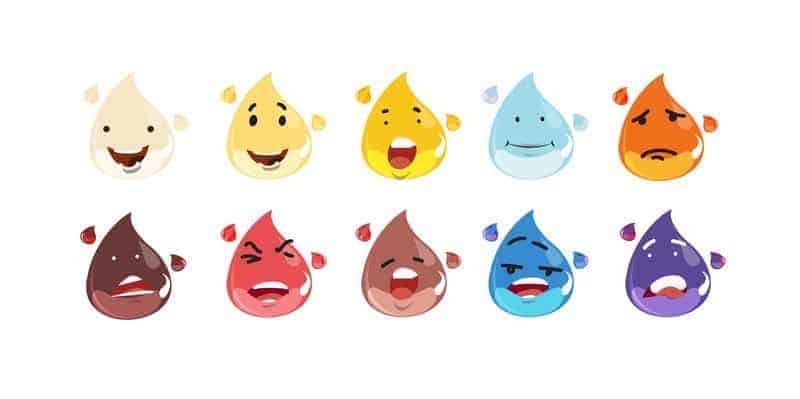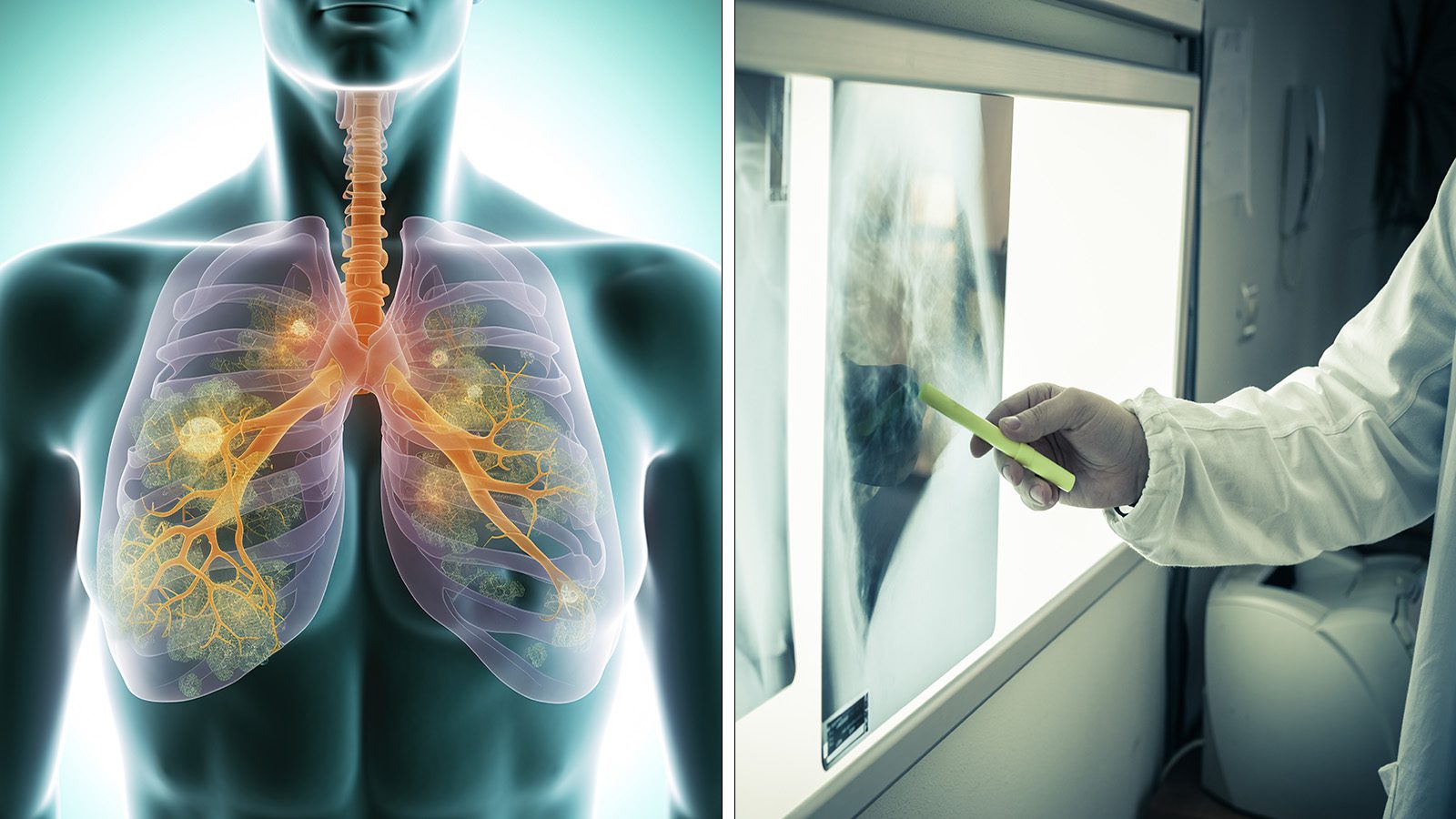Urine is your body’s liquid waste product. Your urine is a combination of water, salt and chemicals called urea and uric acid, which form when your kidneys filter your blood of waste products. Medication, illnesses, and certain foods can affect how your urine smells and what color it is. The color, consistency, and smell of your pee can indicate certain things about your health, like how hydrated you are, whether there is an infection in your bladder or urinary tract or whether your kidneys are functioning correctly.
What the Color of Your Urine Reveals About Your Health
Yellow Color
Your urine should be a pale gold color. The color comes from urochrome, which is a pigment your body manufactures. If your urine is clear, you are either very well hydrated due to drinking lots of water or taking a diuretic that helps your body get rid of liquid waste. If your urine is a dark honey color, you are likely a little dehydrated. It would help if you drank fluids, preferably water, but pure, cold-pressed fruit juice or vegetable juice is good too. It would be best if you stayed away from caffeinated drinks like coffee, soda, tea, or energy drinks, as caffeine is a natural diuretic and will dehydrate you more quickly.
Pink or Reddish Color
Some foods like carrots and beets can turn your urine slightly pink. Some medications, like the antibiotic rifampin or phenazopyridine, which treats urinary tract infections, can also turn your pee pink. There may also be blood in your urine, which could signify kidney disease, urinary tract infections, prostate issues, kidney stones, or a tumor. Always see your physician if your urine is a red or pink color. Extreme exercise can also cause your urine to be pink or the color of cola due to muscle injury and kidney damage.
Orange Color
The same drugs and antibiotics that cause your urine to be pink or red could also cause an orange color. High doses of vitamin B2 could also cause the urine to turn orange. It could also signify that you are dehydrated or have a liver or bile duct issue. Consult your physician if you are drinking plenty of water, not on those antibiotics, and still have orange-colored urine. If you also have pale stools, yellowish skin, and eyes, it may be a sign that your liver is malfunctioning.
Blue or Green Color
Some other medications, like the anesthetic propofol or the allergy medicine promethazine, can cause your urine to turn a green or blue color. The usual reason for such a color is artificial dyes in your food being voided through your urine. Green color can also be the result of a pseudomonas bacterial infection. If the color doesn’t fade after a few days, consult your doctor.
Deep Red or Brown Color
A deep red or brownish color urine is an identifying characteristic of porphyria, which is a rare and inherited genetic disorder of the red blood cells. It could also indicate liver disease if it is a brown ale or syrup color. You could also be dehydrated. See your doctor if this condition persists.
Foamy or Frothy
Regardless of color, if your pee looks foamy or bubbly, you may void a lot of protein, which can indicate an issue with your kidneys, and you should see a doctor immediately.
Cloudy or Murky
Urinary tract infections and kidney stones can make your urine appear cloudy.
Smell
When dehydrated, the urine is very concentrated and will smell strongly of ammonia. Some foods like asparagus will cause your urine to smell strong, as will some medications and vitamins like B6 supplements.
Things you don’t see
There are things in your urine like low blood levels that won’t turn the urine a different color or sugar, which could be an indicator of diabetes. Make sure you get yearly checkups, including urinalysis, to check for those invisible things.















